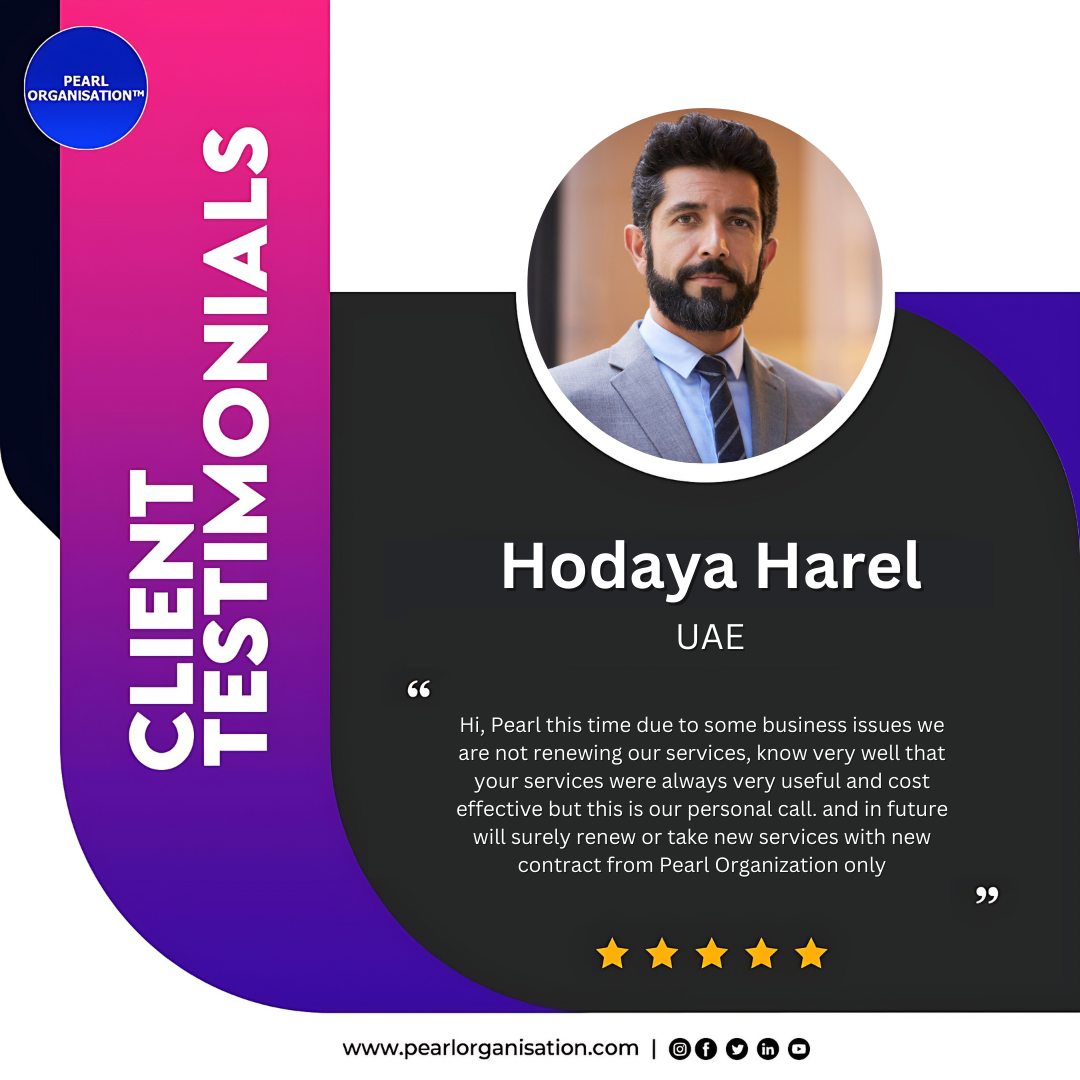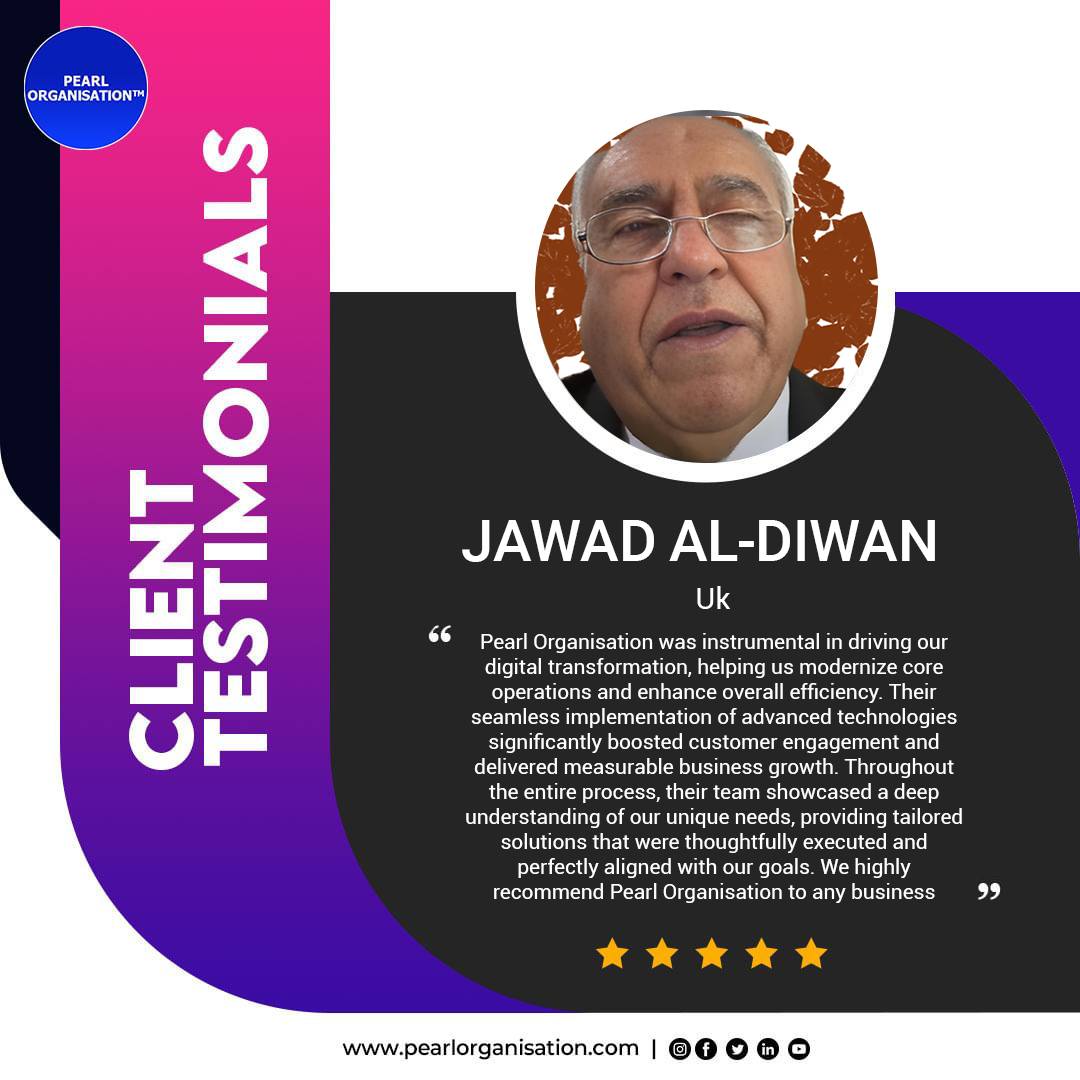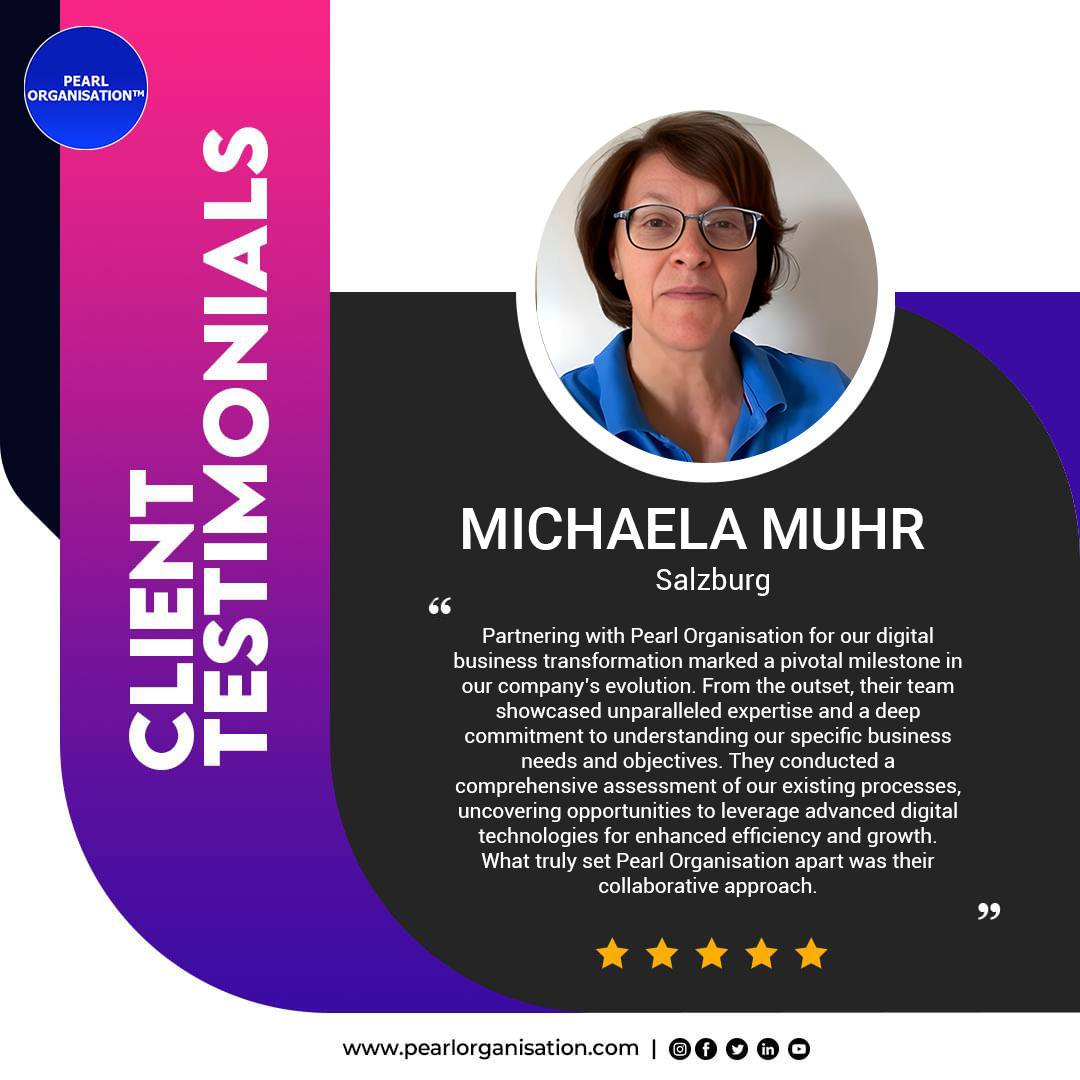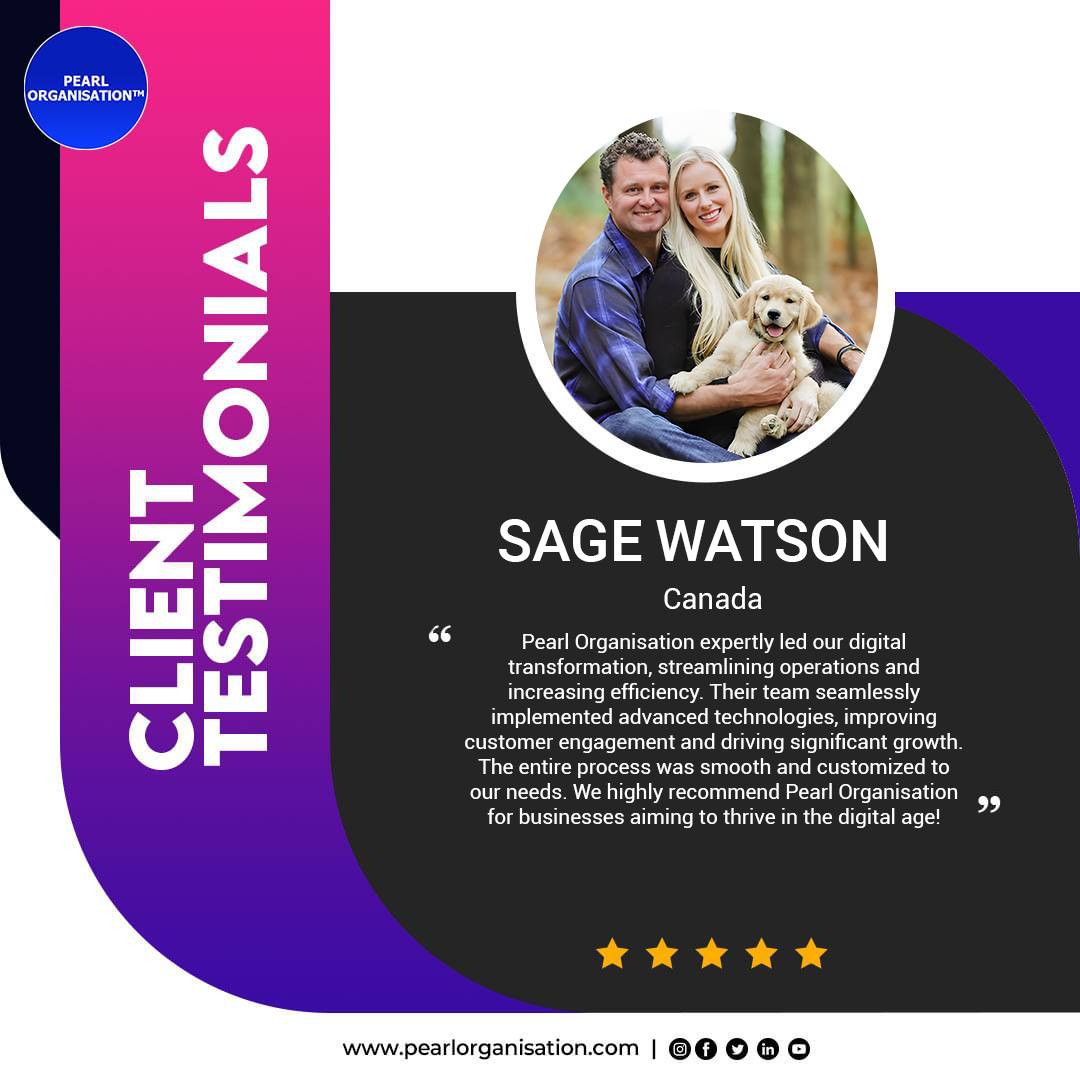Why DevSecOps Is Non-Negotiable in Agile Product Development
- Larrisa

- Jun 13, 2025
- 5 min read

In the fast-paced world of modern software engineering, Agile development is no longer a trend—it’s the industry standard. Businesses want faster releases, better customer alignment, and continuous innovation. However, in the pursuit of speed, security often becomes an afterthought. That’s where DevSecOps becomes not just an enhancement, but a non-negotiable necessity in any Agile product lifecycle.
At Pearl Organisation, we integrate DevSecOps principles into every Agile product we build—ensuring high-quality, secure, and scalable digital solutions that are ready for modern business demands.
What Is DevSecOps?
DevSecOps stands for Development, Security, and Operations. It’s a cultural and technical shift in the Agile software delivery pipeline that embeds security as a shared responsibility across all stages of development—from planning and coding to testing, deployment, and maintenance.
Unlike traditional security models that evaluate software at the end of the development cycle, DevSecOps brings security into the CI/CD pipeline—allowing teams to identify, resolve, and prevent vulnerabilities in real-time.
Why Agile Needs DevSecOps
Agile development promotes:
But without integrated security, Agile can expose products to:
By integrating DevSecOps, security scales with speed, making Agile delivery safe, reliable, and audit-ready.
1. Security Risks Multiply in Agile Environments
Agile encourages rapid code changes, team autonomy, and feature pushes—all of which increase exposure to:
Unpatched code libraries
Misconfigured cloud deployments
API vulnerabilities
Credential leaks and insecure secrets
DevSecOps provides automated checks at every step—ensuring that your code is clean, your infrastructure is hardened, and your secrets are secure.
2. Shift-Left Security is the New Standard
Traditionally, security testing was a “right-of-release” activity. DevSecOps promotes a “shift-left” approach, embedding security at the very beginning:
Stage | DevSecOps Security Action |
Planning | Threat modeling, risk mapping |
Coding | Static code analysis (SAST), secure coding checklists |
Build & Integration | Dependency scanning, configuration validation |
Testing | Dynamic analysis (DAST), penetration testing |
Deployment | Infrastructure as Code (IaC) security checks |
Monitoring | Continuous runtime monitoring, log analysis |
Pearl Organisation uses this approach to detect threats early, reduce last-minute delays, and lower remediation costs by up to 60%.
3. Compliance & Regulatory Demands Require DevSecOps
Industries like finance, healthcare, e-commerce, and government are governed by strict data privacy and security regulations such as:
ISO 27001
GDPR
HIPAA
PCI-DSS
Australian Privacy Principles (APPs)
DevSecOps makes compliance easier by:
Generating real-time audit trails
Validating encryption policies
Enforcing least privilege access controls
Documenting vulnerabilities and remediations
Pearl Organisation helps clients achieve continuous compliance through automated tools integrated into their DevOps workflows.
4. Automation Is Key to Scalable Security
Manual testing can’t keep up with today’s Agile velocity. DevSecOps automates:
We leverage tools like SonarQube, OWASP ZAP, Snyk, GitLab CI/CD, Vault, and Terraform to maintain airtight security without slowing delivery.
5. Culture of Shared Responsibility
DevSecOps is not just about tools—it’s a mindset.
With traditional models, security is “someone else’s job.” With DevSecOps:
Developers own secure coding practices
QA teams test for security bugs
DevOps automates infrastructure hardening
Security teams educate and guide, not just audit
At Pearl Organisation, we train Agile teams to collaborate around security, turning vulnerabilities into learning opportunities, not bottlenecks.
6. Faster Recovery and Resilience
DevSecOps enables faster incident detection and response:
Real-time monitoring alerts
Log correlation
Automated rollback
Chaos testing for recovery resilience
These features help reduce MTTR (Mean Time to Recovery) and ensure your application remains operational and trusted—even under attack.
How Pearl Organisation Implements DevSecOps in Agile Projects
🔒 Integrated Security at Every Sprint
We embed security into your Agile ceremonies—starting from sprint planning to retrospectives.
🔧 Toolchain Implementation
We set up secure CI/CD pipelines using enterprise-grade tools tailored to your tech stack.
👨🏫 Developer Training & Playbooks
We educate your dev teams on OWASP Top 10, secure coding patterns, and threat modeling.
🧾 Continuous Compliance Readiness
We provide real-time reports, dashboards, and remediation logs for audit trails and security assessments.
🤝 End-to-End Partnership
From consulting to implementation to maintenance, Pearl Organisation becomes your Agile security ally.
Explore our secure Agile services here:
Conclusion
In 2025, security must evolve as fast as code. For businesses operating in Agile environments, DevSecOps is no longer optional—it’s essential. It safeguards customer data, supports compliance, and accelerates delivery by eliminating security silos.
With Pearl Organisation’s DevSecOps expertise, you gain a secure, resilient, and high-performing Agile ecosystem built for scale.
💬 Frequently Asked Questions (FAQs)
Q1: What is DevSecOps and how is it different from traditional DevOps?
DevSecOps stands for Development, Security, and Operations. It extends the traditional DevOps approach by integrating security practices throughout the entire software development lifecycle (SDLC). Unlike traditional DevOps, where security is often handled at the end of the development process, DevSecOps promotes a “shift-left” approach—embedding security from the very beginning of coding and continuously through deployment and monitoring.
Q2: Why is DevSecOps essential in Agile product development?
Agile promotes fast-paced, iterative development with frequent releases. Without embedded security, this speed can introduce vulnerabilities and compliance risks. DevSecOps ensures that:
This approach supports Agile's need for speed without compromising on safety.
Q3: What are the key benefits of adopting DevSecOps?
Businesses adopting DevSecOps experience:
Faster identification and resolution of security issues
Reduced cost of remediation (issues are caught early)
Improved collaboration between dev, ops, and security teams
Better compliance readiness (audit trails, automated logs)
Stronger customer trust and brand reputation due to secure releases
Q4: What types of security practices are included in DevSecOps?
A comprehensive DevSecOps strategy typically includes:
Static and dynamic code analysis (SAST & DAST)
Container scanning
Dependency vulnerability scans
Infrastructure-as-Code (IaC) validation
Secrets and credentials management
Role-based access controls (RBAC)
Continuous monitoring and anomaly detection
Pearl Organisation customizes these based on your stack and industry requirements.
Q5: How does DevSecOps support regulatory compliance like ISO, GDPR, or HIPAA?
DevSecOps makes compliance easier by:
Automating policy enforcement and log tracking
Generating real-time audit trails and security reports
Embedding data protection measures into every layer
Ensuring encryption, access control, and privacy protocols are in place
At Pearl Organisation, we design DevSecOps pipelines that align with GDPR, HIPAA, ISO 27001, PCI-DSS, and Australian Privacy Principles (APPs).
Q6: How early should security be introduced in Agile sprints?
Security should be integrated from day one. In DevSecOps, security starts during:
Sprint planning (risk modeling and threat identification)
Design and development (secure coding practices)
Code commit (automated scans on pull requests)
Testing and deployment (pipeline-based validations)
Waiting until post-deployment increases both cost and risk.
Q7: Can DevSecOps slow down Agile development?
No—if implemented correctly, DevSecOps can actually speed up development by:
Catching issues before they compound
Automating repetitive security checks
Reducing rework after code is released
Enabling faster compliance documentation
Pearl Organisation helps teams adopt toolchains that streamline rather than slow down delivery pipelines.
Q8: What tools are commonly used in a DevSecOps pipeline?
Popular tools include:
Code Scanning: SonarQube, Checkmarx, Fortify
Dependency Scanning: Snyk, OWASP Dependency-Check
Container Security: Aqua, Clair, Twistlock
CI/CD Security: GitLab CI/CD, Jenkins, CircleCI
IaC Scanning: Terraform Sentinel, Checkov
Secrets Management: HashiCorp Vault, AWS Secrets Manager
Monitoring: Prometheus, ELK Stack, Falco
Pearl Organisation helps businesses choose and integrate tools that fit their architecture and workflows.
Q9: How does DevSecOps fit with microservices and cloud-native apps?
In cloud-native and microservices environments, DevSecOps:
Secures containers and orchestration (e.g., Kubernetes)
Validates Infrastructure-as-Code templates
Scans APIs and service interactions
Uses service mesh policies for secure communications
Applies real-time monitoring and threat detection tools
Pearl Organisation’s DevSecOps architecture supports modern, distributed applications across AWS, Azure, and GCP.
Q10: How does Pearl Organisation implement DevSecOps for its clients?
Pearl Organisation follows a step-by-step approach:
We ensure Agile delivery + Security assurance = Business success.




































